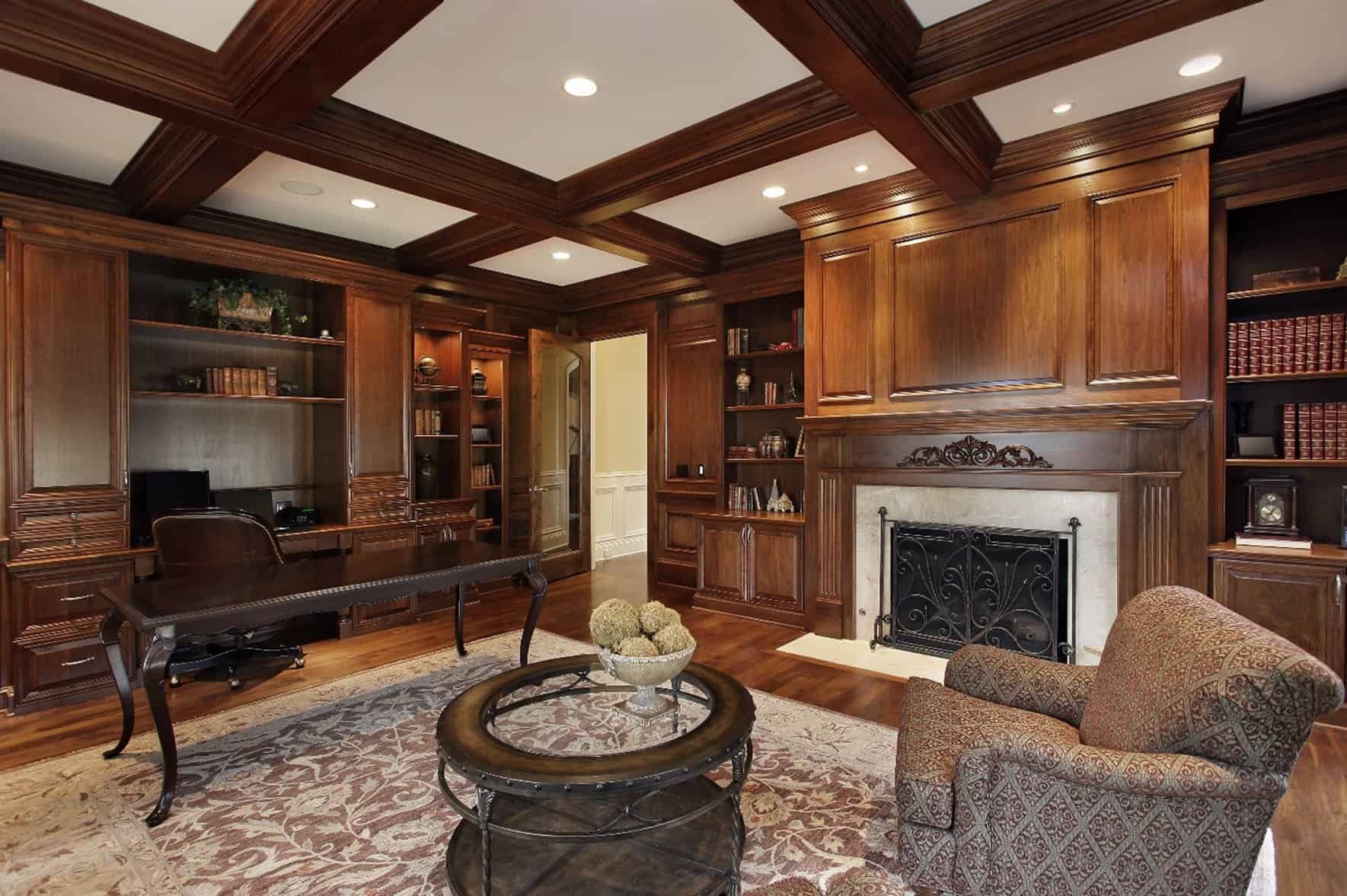
Home renovation planning is by far the most important step of the house renovating process. To successfully renovate a house, it is essential to perform a thorough house renovation plan.
It should not come to anyone’s surprise that has undertaken a major renovation that the experience is filled with surprises and decisions that owners would like to do over.
House renovation planning is a process of considering different sacrifices and tradeoffs as you negotiate with yourself over the many products and design details you would like to include.
It is a process of capturing the ideal lifestyle reflected through developing your house into the home you have always desired. These are the realities of house renovation planning.
The real magic is thinking the project through in detail. An attempt to actually visualize the finished dwelling as you are conducting your house renovation planning.
To be effective in truly understanding the impact of your ideas you will probably need the services of a general contractor to talk this out with. Especially if your vision involves moving load bearing walls or affecting the structure.
Without a focused effort you are likely to make a number of common mistakes. We will examine some common mistakes and errors owners commonly make during their renovation projects.
Learn About the Mistakes that Owners Commonly Make Home Renovation Planning
Mistakes Owners Make During Home Renovation Planning Index Summary;
- Not Clearly Defining Product Priorities and Expectations
- Beginning Remodeling Without a Detailed Plan, Budget and Contingency Plan
- Beginning Remodeling Without a Detailed Plan, Budget and Contingency Plan
- Not Properly Preparing Measurable Competing Bids
- Using Lowest Bid as Determining Factor to Select General Contractor
- Sacrificing Quality to Save Money
- Not Making Timely Selection Choices
- Slow or Withholding Payments
Not Clearly Defining Product Priorities and Expectations:
One of the most important tasks that a homeowner should do early in the home renovation planning process is to prioritize their most important component products first and then tier the remaining products in lesser priority of importance.
This will help you develop your budget and help keep you focused on your priorities throughout the house design phase. If you discover a must have product during the process you can more easily make the decisions about what to sacrifice without relying solely on your memory.
Setting expectations for yourself, your remodeler and the project performance is essential for maintaining a positive and pleasant experience during the house renovation planning and execution.
The more that you can share about your expectations on the front side of renovating, the better your chances are achieving your goals.
Most homeowner disappointments come from their expectations not being met during the renovation experience.
Open discussion and regular communication through the entire process mitigates issues that are likely to develop over time and the many details that make up a major renovation.
Beginning Remodeling Without a Detailed Plan, Budget and Contingency Plan:
This happens much more frequently than you might think. Although the homeowner may have a dollar amount in mind and some photos of the rooms and products that they wish to use, they do not have documents to secure a building permit and more importantly assemble a competitive bid.
This is a recipe for a very unpleasant and expensive renovation.
When I ask homeowners, would you build a new home without plans, the answer is always going to be NO!!
I then will ask, why are you remodeling without plans?
The answers general come back in the form of saving money or time, which in realty neither of these desires are realized.
So, as it goes without saying that you cannot have confidence in a good budget without detailed construction documents, you cannot develop a confident construction plan without some contingency built in with your home renovation planning.
One of the major differences between new construction and home renovation are the conditions you encounter when opening up the covered conditions.
You may not be able to accurately determine what you will encounter, but you can be certain that you will likely discover something unseen.
So why not build in some contingency for the budget and schedule to deal with these unknown factors.
Not Properly Preparing Measurable Competing Bids:
Not all bids are prepared the same. This is one of the challenges that every homeowner faces when attempting to select their remodeler for their personal project.
This is a confusing and complicated task for homeowners that are not experienced or educated in the art of developing a uniform scope of work for their competing renovators to use as a method of competitive bidding.
Not understanding all of the right questions to ask is another major deficiency when comparing apples to apples.
Most renovators’ proposals are vague and inconsistent and require a good deal of clear explanation to properly understand what is included and what is excluded.
In the absence of that kind of detailed information, the burden falls upon the owner to carefully measure and question the contractors proposal carefully.
Using Lowest Bid as Determining Factor to Select General Contractor:
In the absence of clear information, homeowners will use the lowest price as the determining factor to select their renovation contractor.
This is a practice that usually results in conflicts between the renovator and owner, project delays and unwanted additional project expenses.
This is a product of some of the previously mentioned mistakes in the home renovation process.
Unfortunately, these types of mistakes continue to compound on each other and add to the complexity of unwinding these kind of factors later on.
As a rule, homeowners should be mindful of a competitive budget amount proposed by a general contractor, but should not base their decision principally on price alone for many of the topics we have already discussed.
Homeowners should carefully interview each of the selected renovators in an attempt to determine the best fit for them personally.
That means measuring how likeminded the renovator is to their personal needs, the previous project experiences and the contractor’s business philosophy concerning their project construction approach, communications practices, and general trustworthiness.
Sacrificing Quality to Save Money:
This is a practice that will come back and bite you. To many homeowners sacrifice either quality products or workmanship to save a small amount of money.
As a general rule, project budgets should be based on the value of the current home and future value after the project is complete.
If an owner does not want to spend the appropriate amount required to obtain comparable products and workmanship for the homes in the immediate area, they are better off not undertaking the renovation.
The use of inferior products and cutting corners on workmanship is likely to result in the premature service life of a product or service problems with the amateur skilled labor.
A poorly performed project with undervalued products and inferior workmanship will actually reduce the future value of a property.
Not Making Timely Selection Choices:
This is one of those required task that homeowners do not give much thought to until it has caused a scheduling conflict or an outright delay in the schedule.
There is an art to developing a color board during the home renovation planning phase.
It’s critical if you as the owner do not have the skill set for color coordinating or are not decisive in selecting colors and products, that you surround yourself with the necessary talent to expedite the product selections in advance of their required installation need.
By not fulfilling this obligation the owner causes undue stress on themselves and the project schedule performance. The potential for schedule delays and change order expenses likelihood increases as time goes on.
Slow or Withholding Payments:
The payment schedule is usually an instrumental part of the project contract.
It provides for very specific performances of both parties in a good faith effort.
When the owner slow pays the general contractor or withholds a payment as a means of leveraging their agenda, they are usually in breach of contract.
This can lead to the general contractor shutting down the project or removing uninstalled / unpaid for materials from the jobsite.
This strategy is not in the best interest of the owner. If the homeowner has concerns with the execution of the project or performance of the renovator, it is best to communicate these concerns openly to seek a working alternative.
By withholding contractually obligated payments the owner places themselves in a position of disadvantage in negotiating a more effective expected result from their contractor.
Conclusion
The most effective method of avoiding these renovation project mistakes it to spend a good amount of time in researching and getting yourself informed about this process before you step into a project.
After you have done your research and have completed some required initial renovation planning it is time to find a trusted adviser to assist you through the entire process.
You are probably not likely to attempt defending yourself in court without an attorney, why would you consider going it alone with a major renovation?
Find yourself a likeminded general contractor that you trust and affords you a high level of confidence to proceed with your design and building of your home’s renovation.













